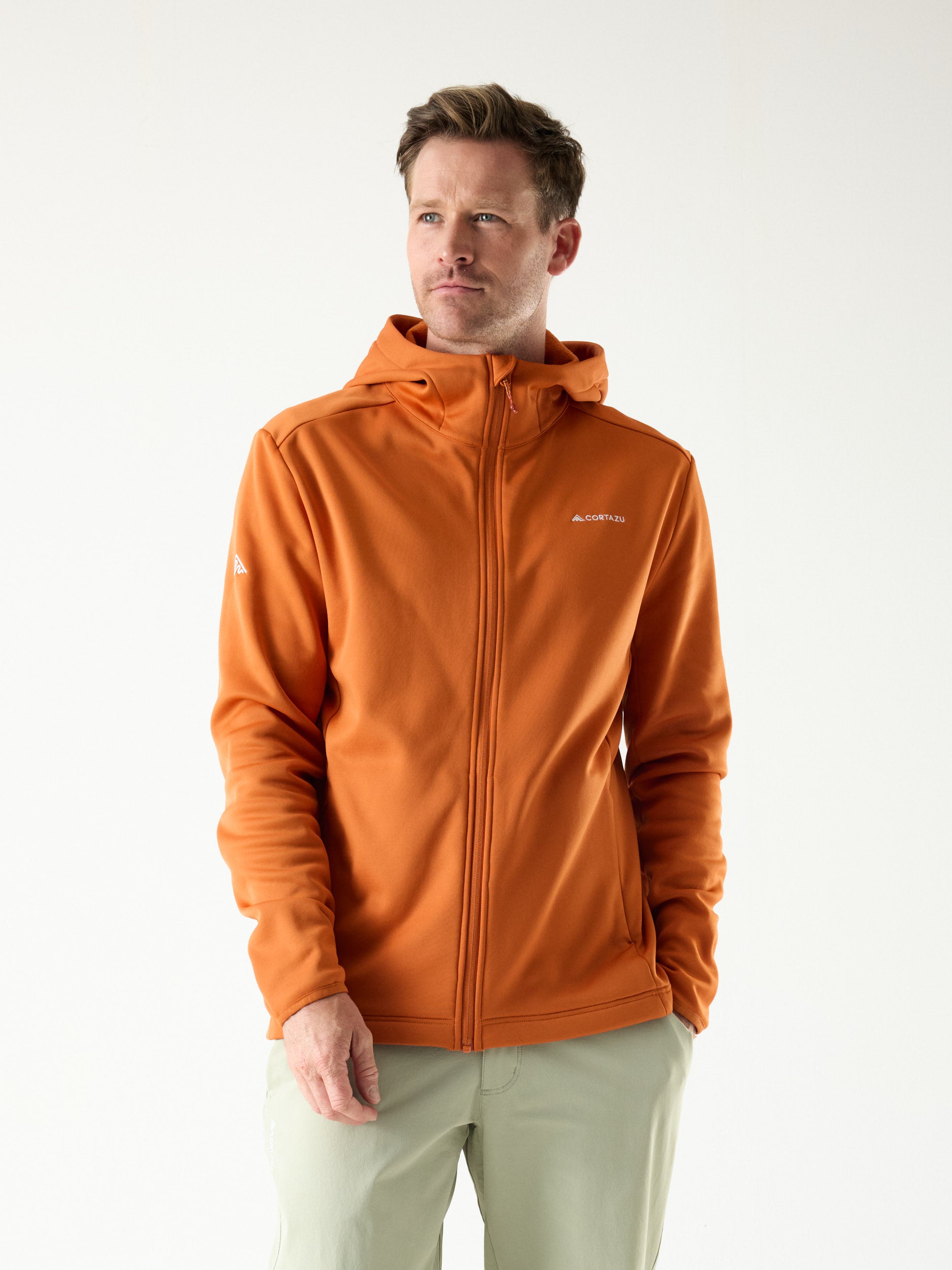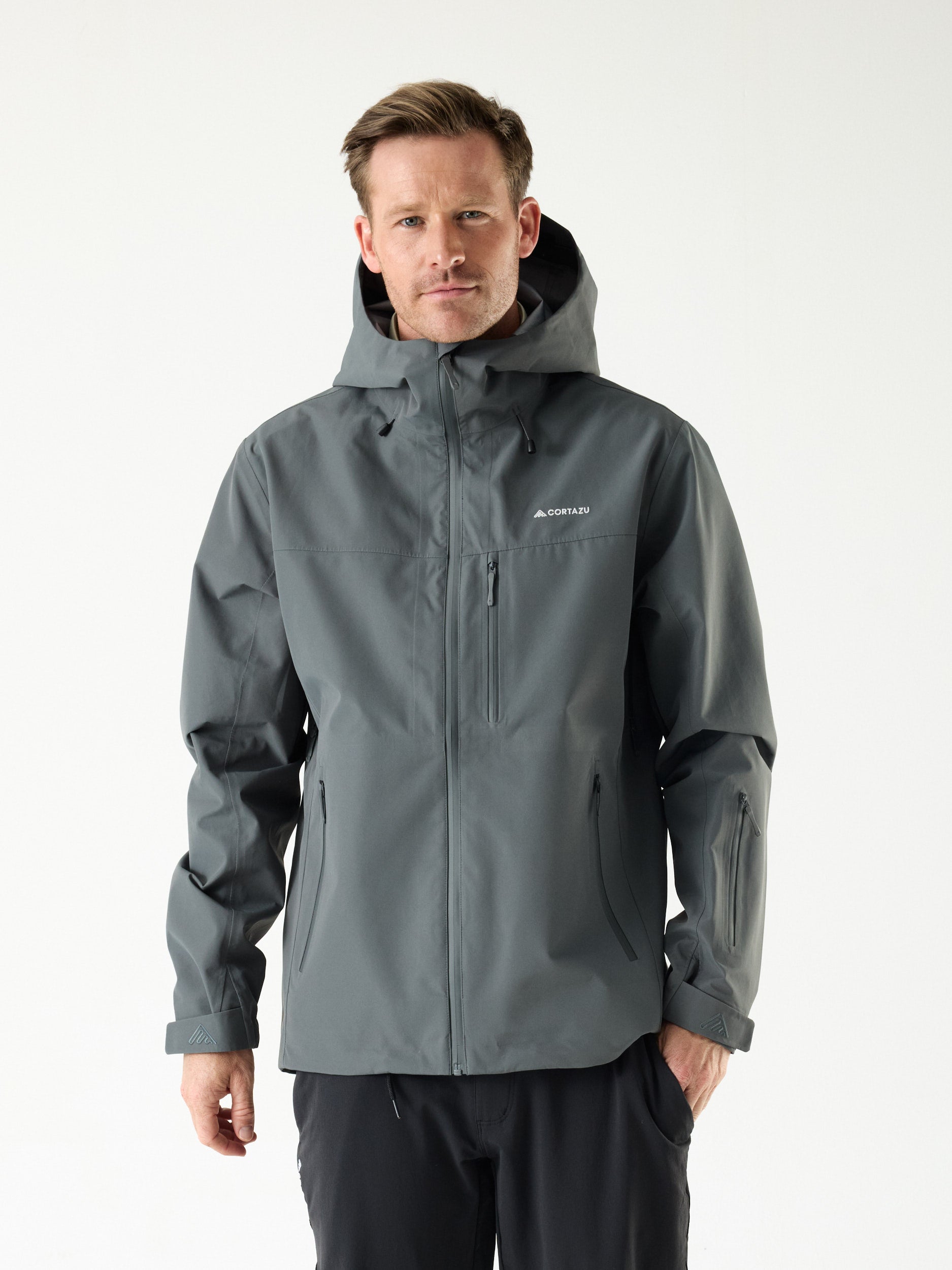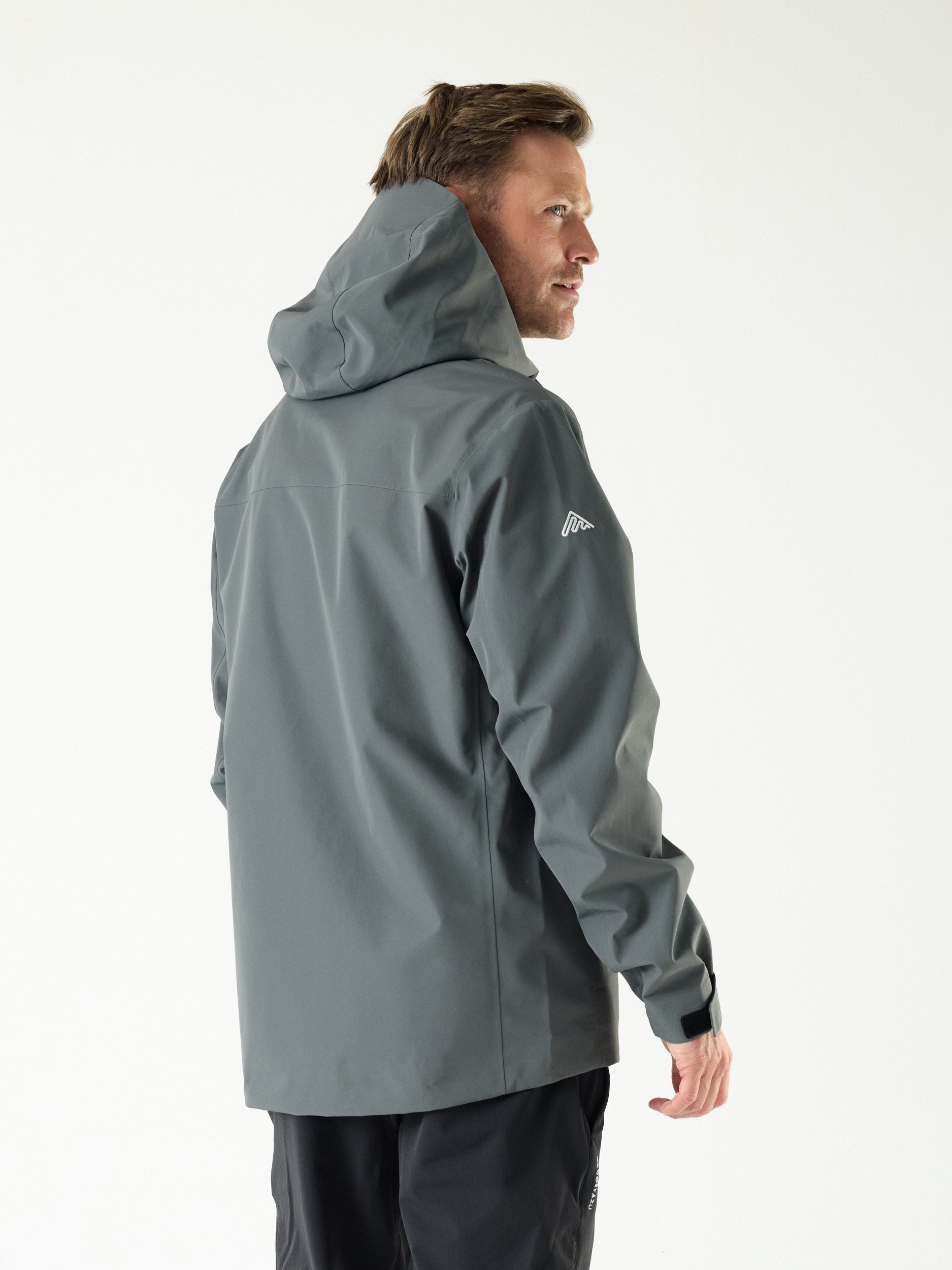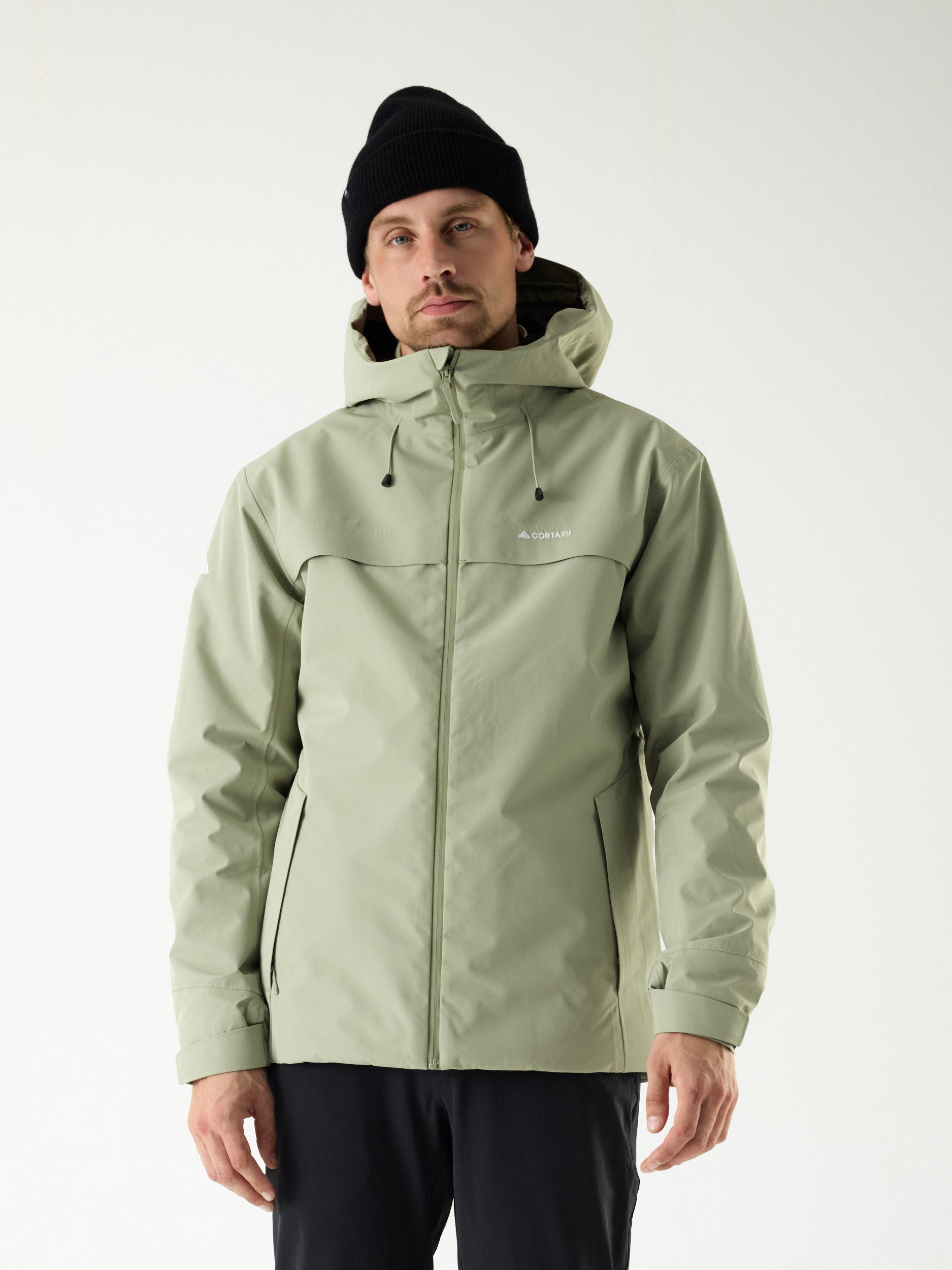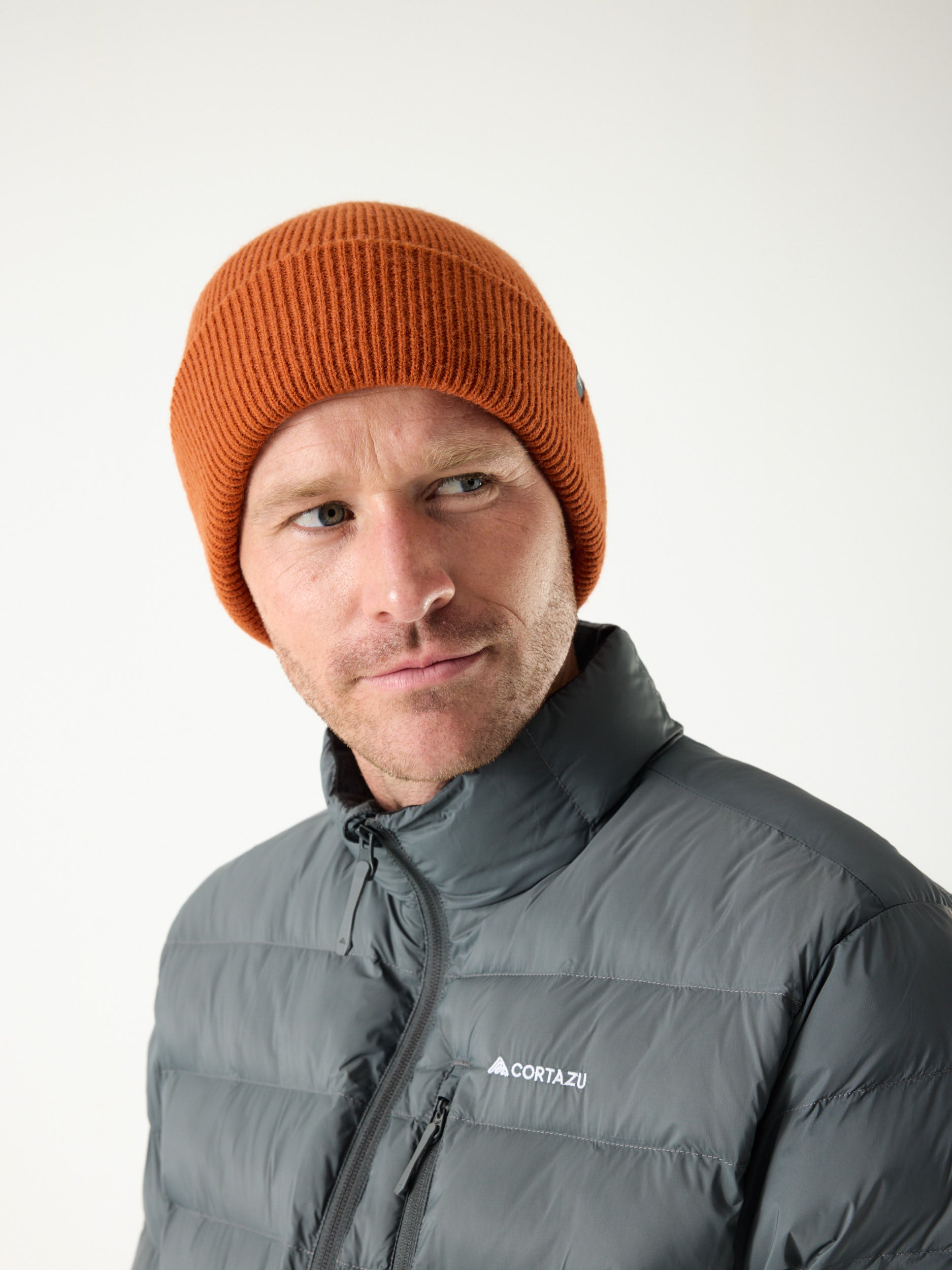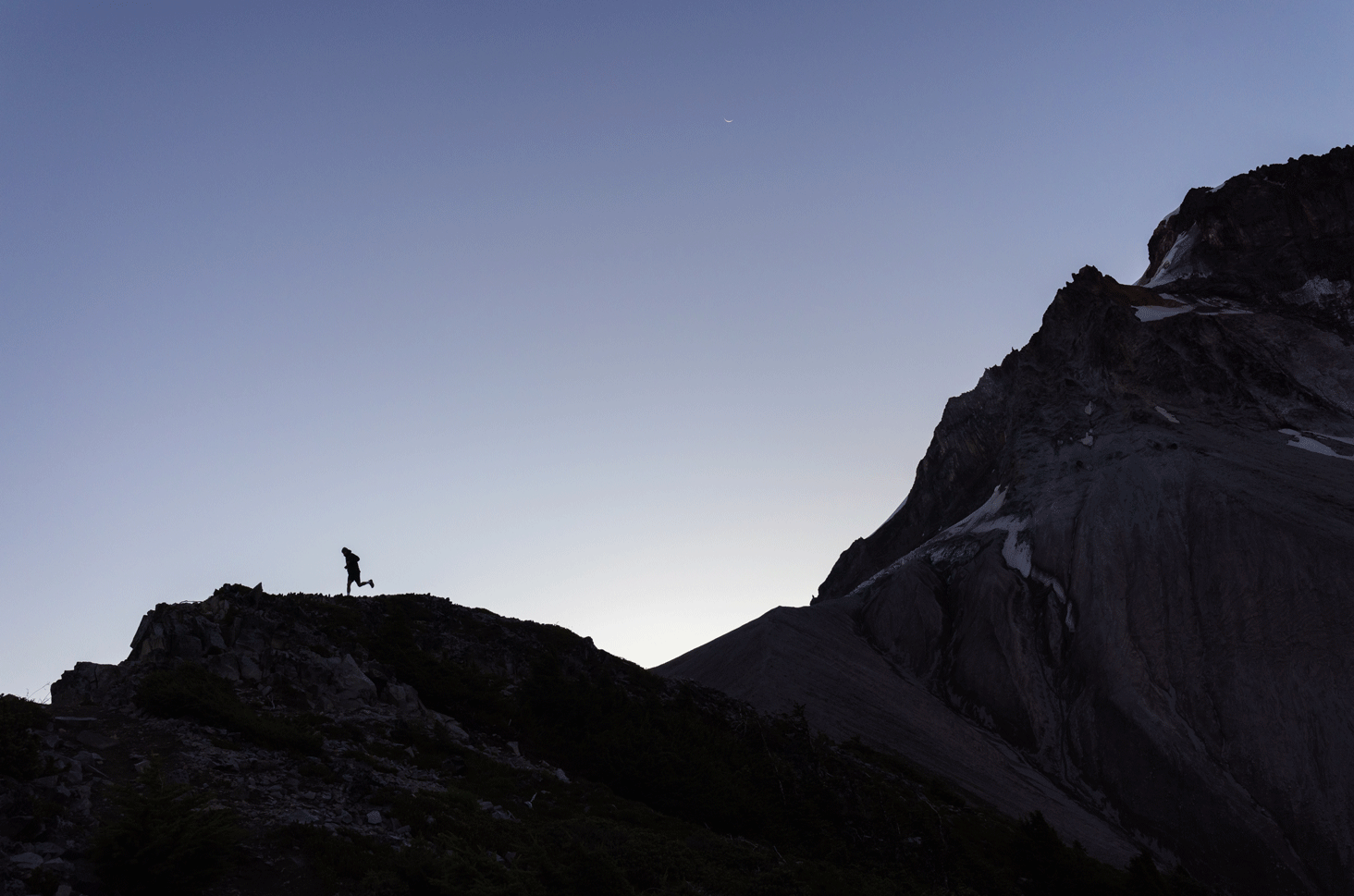Do you have an adventurer soul? Do mountains attract you like a magnet? If yes then read these pieces of advice , they will give you precious tips for surviving in the mountains and make your hike safer and more enjoyable.
When viewing photos mountaineers and hikers capture from the mountains, it seems that these places are paradise on earth. The immensity of the landscape, the blue of the sky and the rivers that run through them, the immaculate whiteness of this pure snow.
What can I say?
They are real works of art that convey peace and serenity. When looking at these images, I never think of the dangers and risks that these people may have taken to walk that far and to have gone that high.
I am sure that just like me, it spurs the desire to take your backpack and discover these beautiful landscapes.
However, for those who venture up there without a minimum of preparation, the mountain can be a constant source of threat which will surely take away those who will show imprudence.
So you have to be well prepared.
Physical fitness must be at its top, you must have a strong spirit, climbing knowledge if you want to go further and a good understanding of mountain survival in case something happens to you.
In this article, I will provide you with a little mountain survival guide.
Some of that advice can most definitely make the difference between your survival or the end of your adventure, but you should certainly not limit yourself to them.
There are so many mountains and mountain situations that I would have to write a series of articles on the subject to have a good overview of all the different risks someone can encounter in the mountains.
Essential Gear: Mountain Hard Shell Jackets
A critical part of your preparation involves selecting the right gear. For harsh mountain conditions, a quality mountain hard shell jacket is indispensable. These jackets offer the durability, weather resistance, and breathability needed for mountain environments.
For women, it's important to choose a jacket that provides both protection and comfort. Check out our selection of mountain hard shell jackets for women, designed specifically to meet the unique needs of female adventurers.
The general characteristics of mountains
Because of its geological shape, a mountain is a place where the environment, climate, and temperature change rapidly.
As you climb, you will go from rock to snow, from the tropical climate to winter, from sunny to stormy; it is necessary to be on the lookout for these sudden changes and be prepared accordingly.
The winds will start to blow, and it will be more and more difficult for you to bivouac or find food.
Mountain hazards

The mere fact of losing ground in a more or less steep slope can be a deadly danger.
The risks of sprains and strains are constant and the screes, due to freezing/thawing and the wind chasing you are highly possible.
So stay always alert even when the danger does not seem to be present.
Avoid at all costs moving at night. The risks you will take are far too high compared to the time you will save.
Remember that you are always in the hands of rapid temperature changes in addition to not having a good vision of where you put your hands or feet.
Frozen peaks

In some mountains, you will be able to reach the snowy and icy areas without much difficulty. Remember, however, that the danger is even more present.
In addition to all the other pitfalls, there is now the risk of avalanche and the invisible crevasses that you must consider.
The avalanches
You will not be surprised if I tell you that a simple noise can be responsible for an avalanche, but it is not the only cause that creates this kind of deluge.
The temperature and the structure of the snow can also be responsible.
When you walk on this snow, make sure it is well compressed using a stick that you will drive into it.
You can also throw objects that are heavy enough like rocks and, of course, make noise.
Avoid areas with a high slope or of a convex shape, as well as areas where snow has just fallen. These are the areas most at risk to trigger an avalanche.
Sunny areas are also to be avoided, early in the day. The sun is strong enough to melt some of the snow, which makes it fragile. I let you guess the rest if you venture in these areas.
Ideally, you should move around in areas protected by the forest or areas with irregular terrain, because the chances of avalanche are much less.
Will this give you a chance to take a breath? No, because there is still a danger you need to be aware of, the dangerous crevasses.
How to react if you are caught in an avalanche

You have just been caught in an area that had all the characteristics of an avalanche zone. It rumbles, cracks and you see in the distance a great white wave surging towards you! What to do?
Quickly head towards one of the sides. Do not try to go down the slope, let alone face it by telling yourself that you are stronger.
And if you do not reach a safe area, try to cling to something in order not to be carried away by this mass that is tumbling faster than you.
The last tip for those who want to play with avalanches, have an avalanche beacon with you. It could save your life if you are buried under hundreds of pounds of snow.
The crevasses
Crevasses are natural openings in a glacier. They are not so menacing, but they can play very bad tricks.
Open crevasses are not so dangerous. You can see them from far enough to avoid them, but those covered with a thin bridge of ice, these are vicious.
There are not so many ways to spot them, but if you have a doubt skirt the area or rope up.
If you must pass on a crevasse you have spotted, cross it on only late in the night, meaning very early in the morning. The ice will be at its strongest.
But still, this is to be avoided if you don’t have the equipment to rope up.
How to react if you have fallen into a crevasse
Getting out of a crevasse without help or rope is tough.
If you are alone and cannot find a way out, plan as soon as possible to make a fire and build a shelter for the coming night.
The night will come much faster in your hole. Also, think of making yourself visible from the outside by throwing a piece of brightly colored and big enough fabric outside the crevasse.
The ideal would be to make a flag with possible branches or hiking poles.
Shelters

As I mentioned earlier in the article, the higher you climb, the harder it will be to find shelter. You can always use branches and tree trunks to build your shelter at low altitude.
Only, when there are no more trees or branches, you will have to settle for snow and rock.
The techniques to build this kind of shelter are quite technical and require more advanced knowledge that here too, can make the difference between your survival or your loss.
Note that when in deep snow two types of shelter can be considered, snow caves and igloos.
I strongly suggest that you perfect your knowledge in the construction of shelters and, even, put them into practice.
To finish
When going hiking in the mountains, as for any other adventure, you have to be prepared at least at minimum.
You need to learn about the mountain you want to climb so that you will save yourself a lot of hassle.
You can probably have a beautiful little adventure with only a small backpack on your shoulders.
But the further you will wander in the mountains the more you will need to prepare yourself and the more your backpack will have to contain specific equipment.
For small hikes in the mountains or for any other little adventures, I advise you to have with you a basic survival kit and a survival plan and most of all to know how to use it.
You never know when it will be needed.

